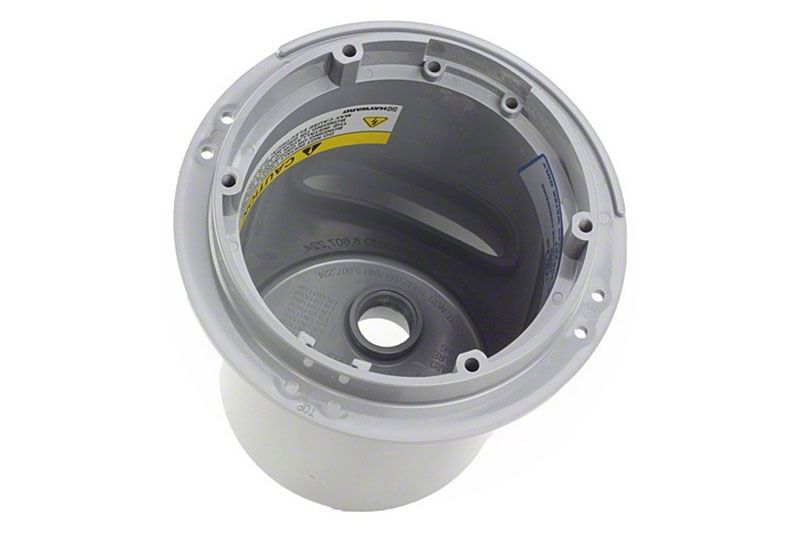Resources
Browse Our Resources
Tags: Inground Pools, Parts & Upgrades, Renovations, Pool Service
Are Pentair GloBrite LEDs Better than IntelliBrite LEDs?
When it comes to led pool lights, there are different options for you to choose from. You can get a standard sized light light, like the Pentair IntelliBrite LED that is bigger and more powerful, or a smaller more direct light sometimes called a shallow water light, like the Pentair GloBrite LED that is smaller and requires additional lights.
There are pros and cons to each light, however we have found the GloBrite LEDs to be easier to use and provide less issues over the years.
Low Voltage vs Line Voltage
Low voltage is generally safer around pools as there’s a transformer that is sending 12 volts to the light after it is brought down from 120 volts.
Line Voltage is the standard 120 volts that people are used to plugging into in the US & Canada.
- All GloBrite LEDs are all low voltage.
- IntelliBrite LED’s have an option to come in both low voltage and line voltage.
If you use line voltage there are additional electrical codes (National and Local) that must be followed to insure proper bonding and electrical transmission. Some pool builders prefer and recommend using only low voltage LED pool lights as they are safer and require less electrical requirements.
LED Light Niches
A light niche is the housing that the light actually sits in. The size of the light niche depends on the size of the light.
The IntelliBrite LED light is bigger and as a result the niche that it goes in will be larger. Out the back of the niche is a hole to attach the electrical conduit to, the light goes in the front of the niche and the cord runs through the conduit back to the junction box. The light conduit is full of water all the way to the level of the pool water, remember that water self levels.
The GloBrite LED is a smaller fixture so the niche is smaller. The niche is small enough to fit in the hole of a standard pool return. With the hole being smaller it can be put is more areas of the pool without issue. The GloBrite and the niche are made in such a way that the light gets locked into place and seals the unit at the pool. The cord running to the junction box is dry and not filled with water.
Why does sealed vs non-sealed niches matter, they don’t unless the electrical conduit is cracked. Electrical conduit isn’t really made to be water tight, even though it is glued like standard PVC. With the GloBrite niche being sealed, your pool will not leak if there is a leak.
LED Power
Pentair IntelliBrite LEDs are stronger and more powerful then GloBrite LEDs. You will need more GloBrites to give you the same output as 1 IntelliBrite LED.
- 1 IntelliBrite LED = 2 GloBrites
The amount of lights you put in the pool will be determined by the shape and size of the pool. On average here is the standard rule of thumb for rectangle pools (shaped pools will generally require additional lights to get good coverage).
- 32′ or shorter
- 1 IntelliBrite
- 2 GloBrites
- 33′ – 36′
- 2 IntelliBrites
- 3 GloBrites
- 37 – 40′
- 2 IntelliBrites
- 4 GloBrites
Location matters when it comes to placement of the lights.
- IntelliBrite lights are generally put on the ends of the pool shining down the length of the pool.
- GloBrites are generally put on the side of the pool evenly spaced and shine the width of the pool. By having more lights you can evenly space them to get a more consistent coverage.
Always try to make it so the lights aren’t shining toward the living space of the pool, have it shine away. You want to see the effects of the light, not the actual light itself.
Both the GloBrite & IntelliBrite LED pool lights come in white only or with color.
It is hard to say which LED pool lights are better than the other. Both have their places, but for our money we light the GloBrites. The GloBrites cost less per light but end up being the same as the IntelliBrite once you additional ones to match the light output.
The small size of the GloBrite makes it easier to place them in unique positions, like in step & bench risers or a wall radius.


